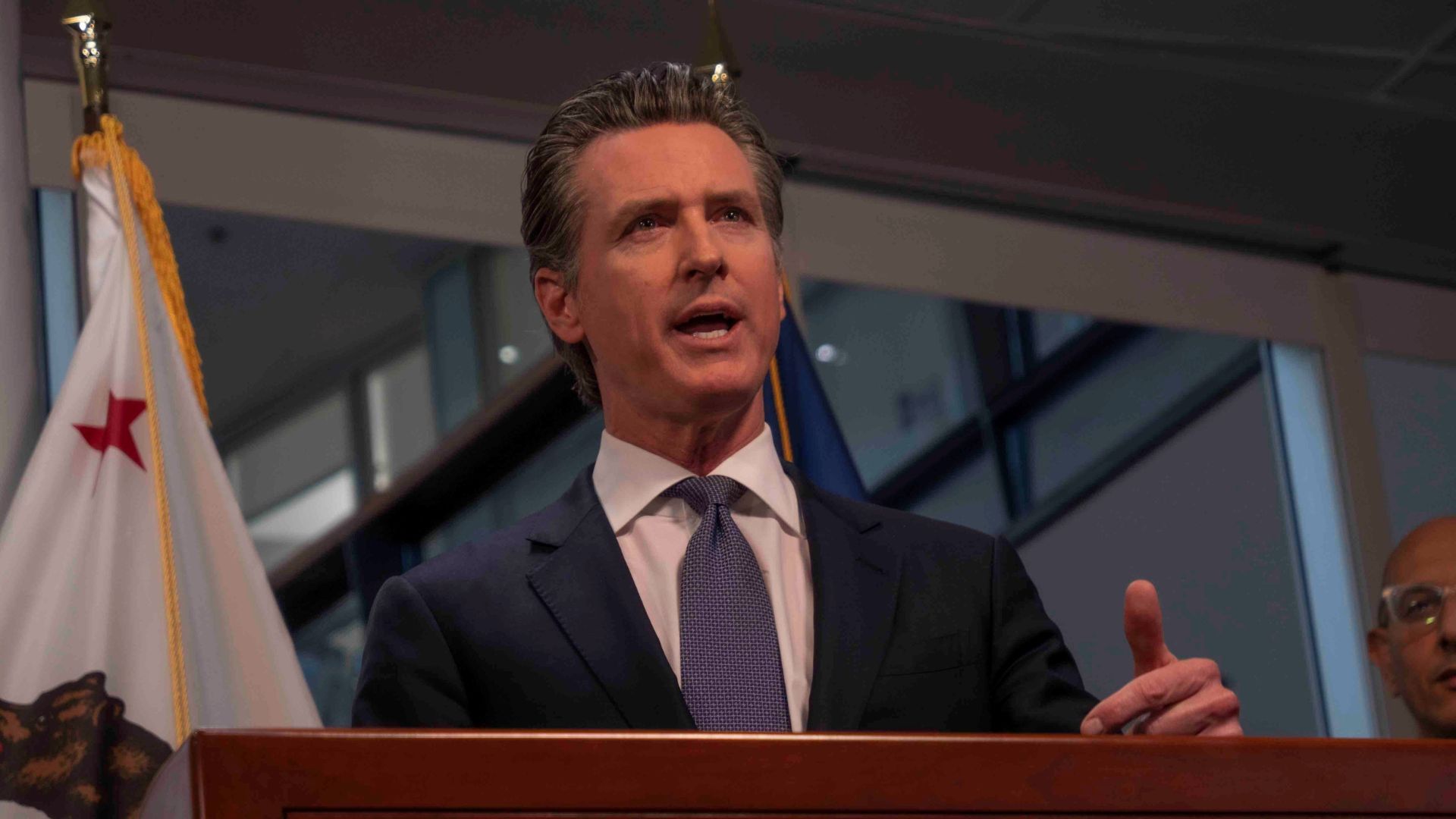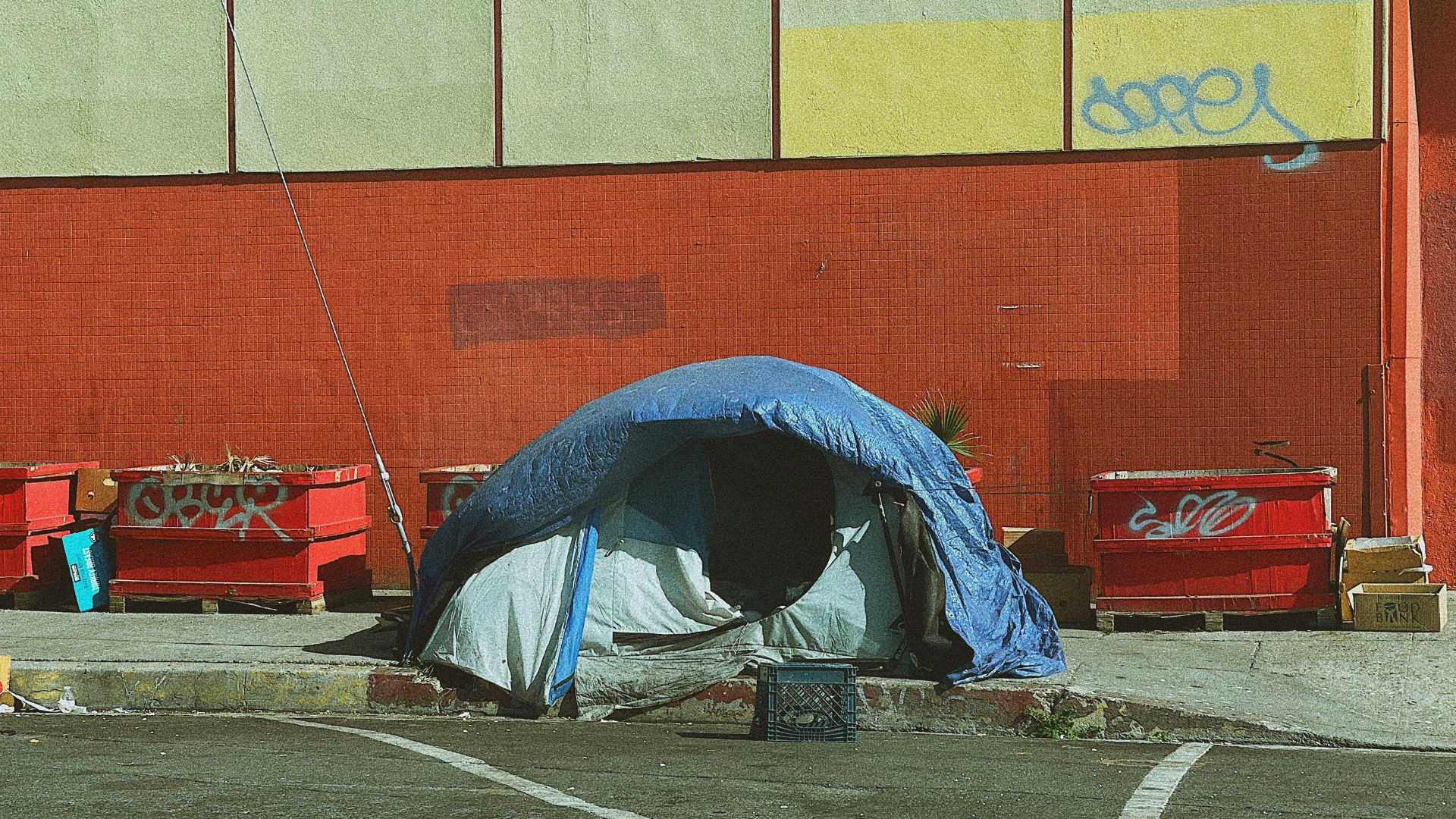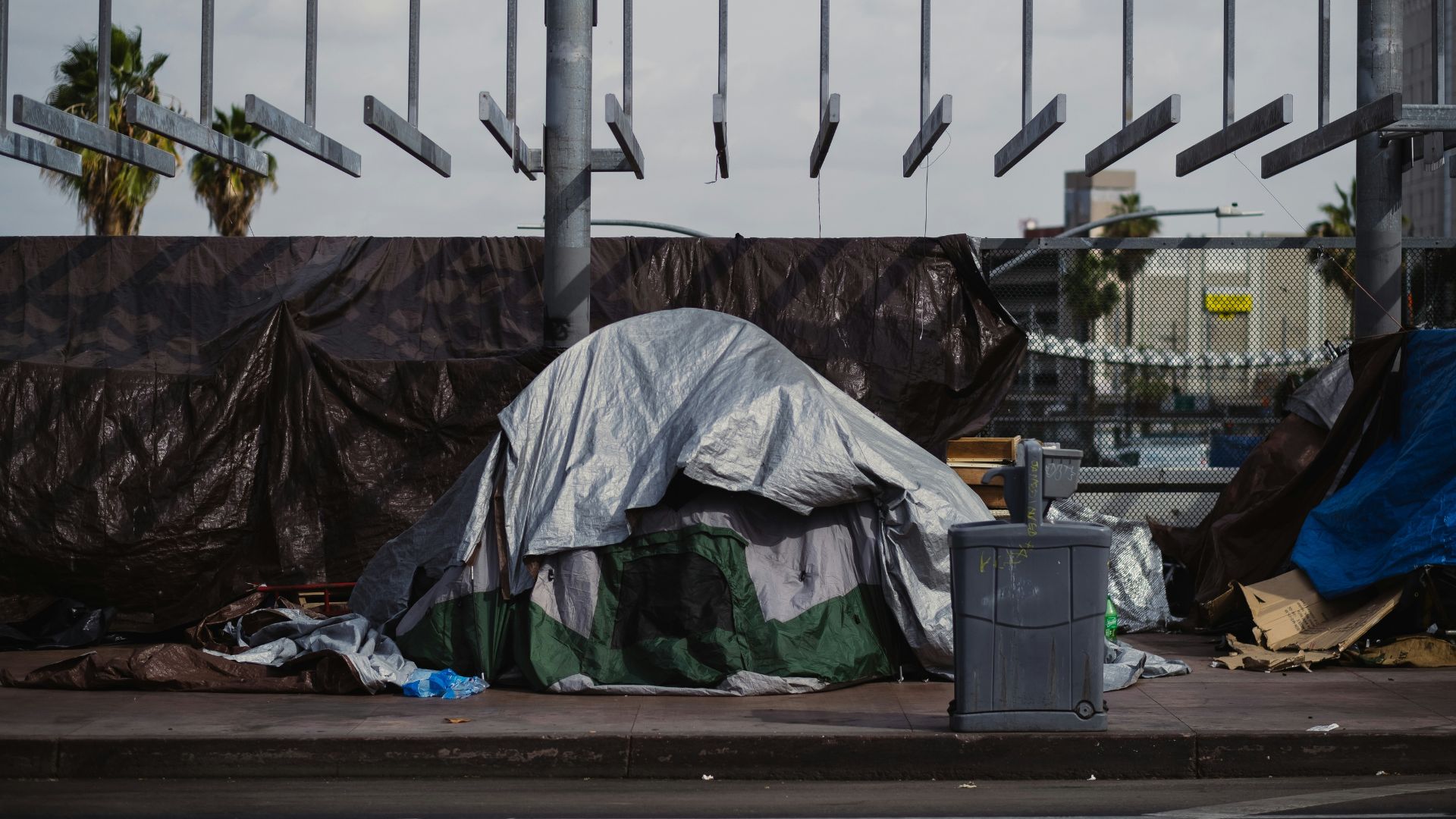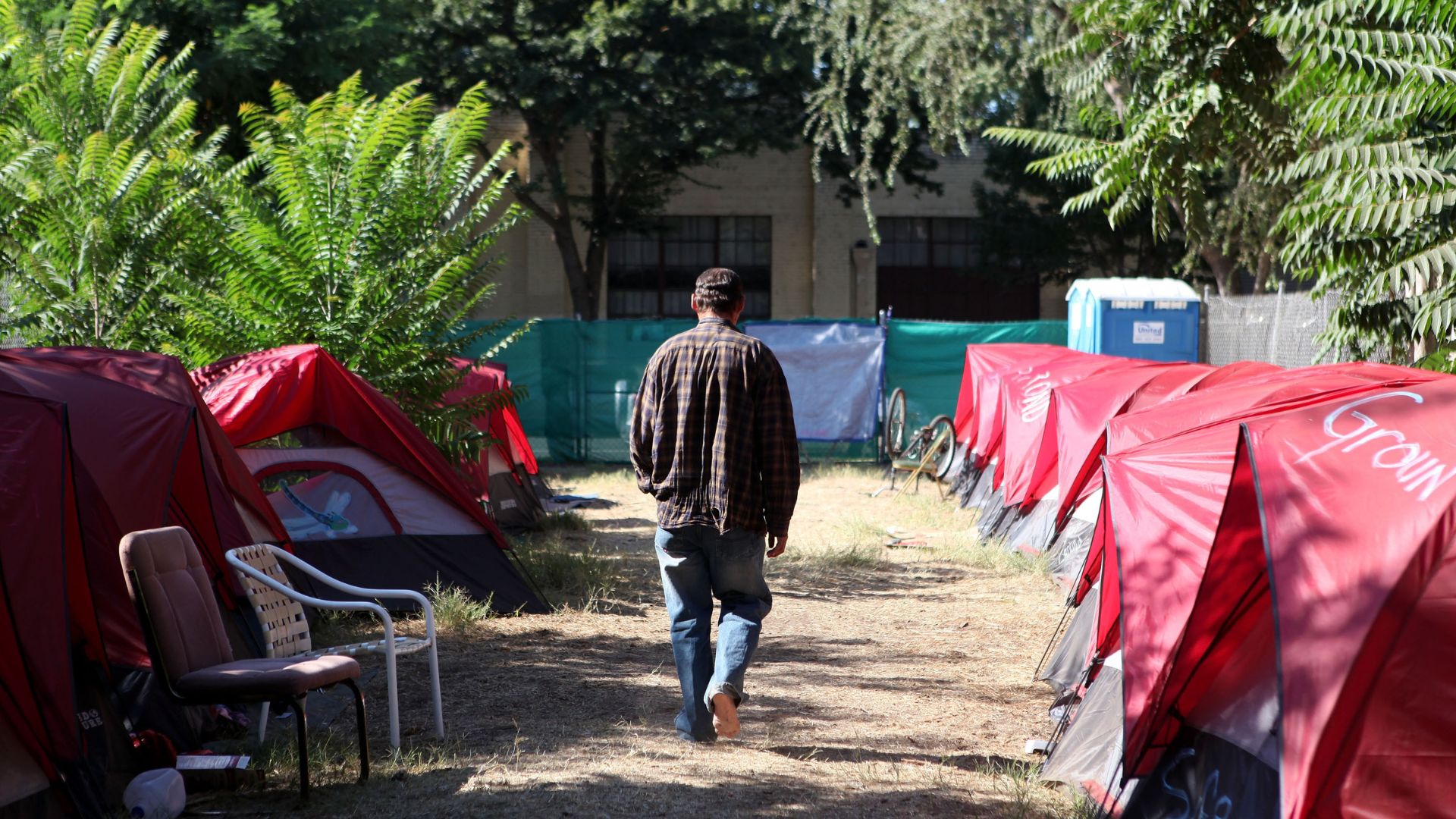Last month, California Governor Gavin Newsom implemented a controversial executive order that called for the efficient removal of homeless encampments by local officials in the state following a Supreme Court ruling in late June.
While many local governments have since begun complying with the order, experts are divided on its efficacy and ability to adequately address the homeless problem in the state.
No Excuse

Newsom grew frustrated in the wake of his executive order as some local governments dragged their feet, to which he asserted they had no excuse to do so.
“No more excuses. We’ve provided the time. We’ve provided the funds. Now it’s time for locals to do their job,” Newsom wrote in an X post.
Newsom’s Threat

As progress on clearing out encampments was less than satisfactory for the governor, he threatened to redirect and withhold state funding from any cities and counties not complying with his order.
“I want to see results,” Newsom told reporters at a news conference. “I don’t want to read about them. I don’t want to see the data. I want to see it.”
Experts Divided

Despite Newsom’s aggressive push to get local governments in line with his new initiative, some experts are unconvinced that such actions will do much good.
“What we know from homelessness displacement or sweeps is that it does a fair amount of harm and disconnects the people from service providers. It also removes people from their belongings, which includes sentimental things like people’s pictures of their families, medications and people’s documents, some of which can prove their identity,” Dr. Margot Kushel, a professor and director at Benioff Homelessness and Housing Initiative at the University of California, San Francisco told KTL.
No Real Outcomes

Kushel emphasized that all these drawbacks of an aggressive homeless encampment cleaning strategy are not worth it when it isn’t offering a permanent solution.
“A lot of harm can come from sweeps, and ultimately, if you don’t offer people a real outcome, they’re just going to have to move someplace else because they can’t dematerialize; they will show up someplace else,” said Kushel.
Affordable Housing

Homeless advocates argue that a lack of good housing and shelter space leaves homeless residents with nowhere to go, and that they will just end up on the street again.
“The cause [of homelessness] is a lack of affordable housing, and every single solution that has ever been shown to work has to focus on that,” Kushel said.
Accountability is a Good Thing

Jeff Levine, the chaplain and executive director of Long Beach Rescue Mission, a Christian-based organization that provides services to unhoused individuals told KTLA that he thinks it’s good this measure provides accountability for the unhoused but feels the execution is critical for success.
“We’re not going to arrest our way out of homelessness, but we do need the tools and ability to address situations where public health is compromised,” said Levine.
Law and Order Important

Levine asserts that healthy communities need a degree of law and order for people to be able to thrive, feeling that the executive order will help push people toward getting help.
“I think there needs to be order and just laws that protect our communities and establish a healthy moral standard for the community. I also believe that, in many cases, this will help people consider their lives and their trajectory and engage in services,” Levine said.
Criticizing the Order

Los Angeles Mayor Karen Bass was one local official who was critical of Newsom’s executive order, feeling it would “usher in a new wave of criminalization.”
In late July, the Los Angeles County Board of Supervisors pushed back against the order, passing a motion that people staying in encampments would not be sent to jail.
Housing First Policy

Advocates think a California strategy of “housing first” leads to better outcomes than clean-up actions, fines, and arrests.
“For the first time in years, unsheltered homelessness has decreased in Los Angeles because of a comprehensive approach that leads with housing and services, not criminalization. Strategies that just move people along from one neighborhood to the next or give citations instead of housing do not work,” said Bass.
Not a Silver Bullet

However, Levine thinks that a housing-first strategy is not a one-size-fits-all solution to a complicated issue.
“A balanced approach of compassion and accountability will take us a long way. A multi-faceted model is needed to address a very complex situation. Housing First is a philosophy for approaching homelessness that has incredible value for some,” Levine said. “But it is not a silver bullet. There is a difference between a family who falls into homelessness for the first time because they were priced out of an apartment and a person who has been living on the L.A. River in an encampment for 18 years.”
California Problem

Recently the number of homeless residents in the United States has exploded, driven by increases in California. The state of California has one of the highest per capita rates of homelessness in the nation and accounts for nearly a third of all homeless people in the country.
According to the Public Policy Insititute in California, the state’s homeless population grew by 7.5% between 2022 and 2023. This population increased by another 5.8% in 2023.
